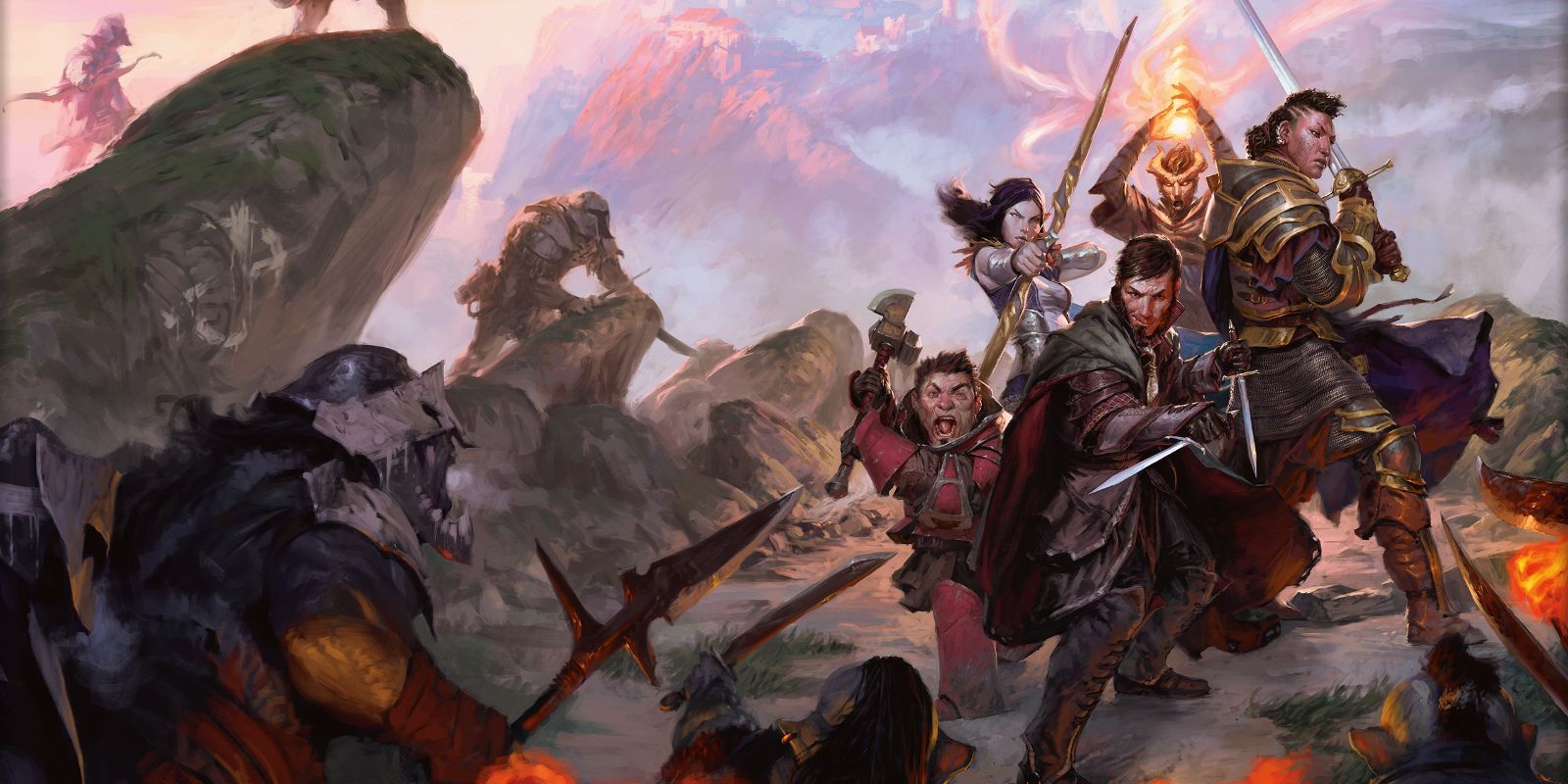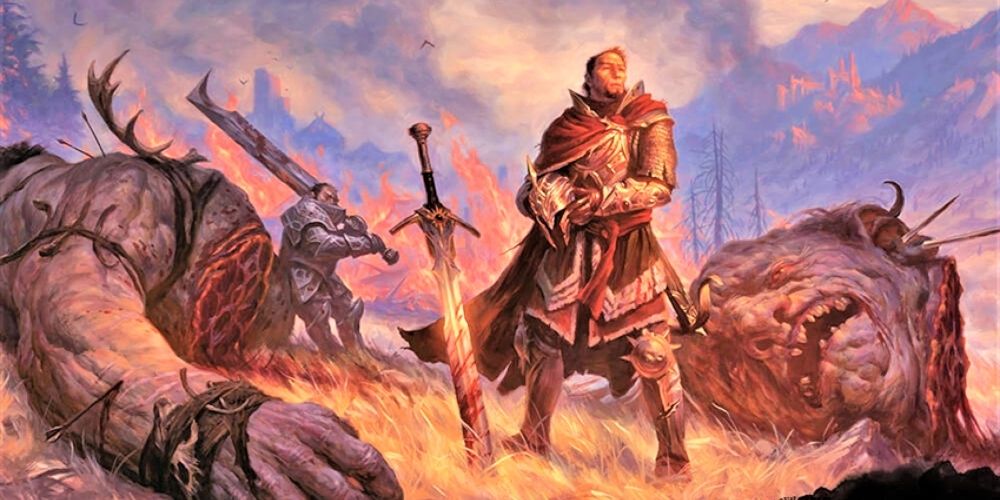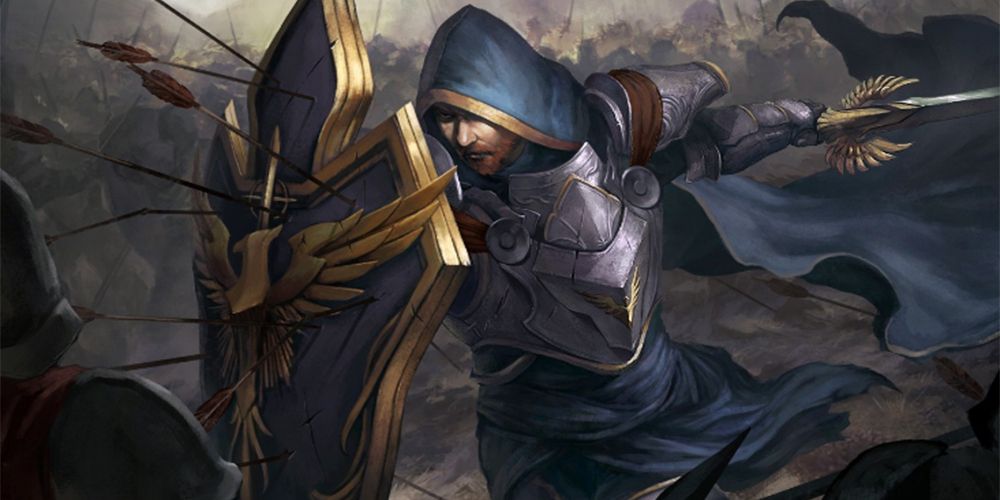Dungeons and Dragons provides amazing opportunities to immerse players in a story that they have a hand in crafting. Depending on the campaign being run, there are almost endless chances for players to flex their imaginations. However, sometimes that pure imagination takes a back seat when it comes time to roll initiative.
New Dungeon Masters can struggle to turn their combat encounters into dynamic events that demand their player's imaginations remain engaged. Instead, combat can often devolve into a simple numbers contest. However, there are ways to avoid this problem. There are ways to make each combat encounter in your campaign feel dynamic, exciting, and unique. Through the use of puzzles, secondary objectives, and interactive NPCs, Dungeon Masters can make their combat encounters as dynamic as possible.
Using Puzzles in Combat
One way to make combat more dynamic is to include the added challenge of a puzzle of some kind. Maybe your party is battling some kind of summoned monster, and the only way to deal damage to it is to destroy the magical anchors in the arena in a specific pattern. Or maybe they are being swarmed by monsters that seem to be afraid of light, and moonbeams fall across the battlefield in strategic locations.
Where before your battles consisted of who could out-damage or out-sustain the monster in question, now there is a new element to contend with. The party needs to really think about how to beat this creature(s).
Of course, the DM will need to get creative. Any manner of puzzle can make a combat encounter feel that much more dynamic. It gives players something to think about other than which enemy to attack each turn. A puzzle doesn't even need to be an actual puzzle or riddle. Instead, it can even be a special trait that a boss or monster has, like a specific resistance or weakness. All of these things allow players to feel like there is something to be learned from the combat.
Using Secondary Objectives: Adding Stakes
Another way to make combat encounters feel more dynamic is to introduce a secondary, or even tertiary, objective to the party. These objectives make it seem like the fight is more alive as if there is more to worry about than just the damage output of the monster the players are up against.
For instance, the party might need to make skill checks to climb platforms as boiling magma ascends from below them. At the same time, they could battle some sort of flying creature that doesn't need to make the same checks. Trying to avoid the magma below is a secondary objective that keeps the tension high for the players during an otherwise standard fight.
Of course, not every secondary objective needs to be something deadly to the party. If the party has to reach a certain point on the map before a certain turn, they need to be more careful with their movements. Will they choose to dash through the battlefield risking opportunity attacks? Or will they cut down those who stand in their way and risk the time limit?
Using NPC's
A Dungeon Master can really raise the stakes of a battle by introducing a third party. This could be a friendly NPC that the players must protect, or a potential ally they have to persuade in the thick of battle. Alternatively, it could be another foe with its own objective that puts it at odds with both the party and their original enemy.
Not only does this kind of use add tension and higher stakes, but it also allows you as the DM to up the scale of the combat encounter should the party fail their objective. This will have long-lasting impacts on the campaign's story no matter how the fight resolves.
The ultimate way to make a more dynamic encounter is to combine all three of these tactics into one. A combat encounter where the party must decipher a code in order to shut off the flame jet traps keeping them from reaching their captured patron, all while fending off attacks from rampaging elementals will be far, far more interesting than fighting a dozen goblins in a square, featureless room.


